With the release of Noritake Katana STML Zirconium block at Chicago Midwinters, there has been a buzz around the product and on the discussion boards of CEREC Doctors. Could Katana replace eMax for posterior restorations? Can it be as beautiful as the eMax we all have grown to love? Can Katana STML still be a single appointment chair side material? Could it be used in the anterior? The simple answer is YES to all the above!
After using the material in my practice, I have enjoyed the beauty and precision fit Katana STML Zirconium offers. I want to share some time saving tips and tricks to help new Katana users be as efficient as possible. The processing time needed to complete a Katana STML restoration is slightly longer than eMax or CEREC Zirconium.
Total processing time for Katana STML: 16 mins on Fast Mill (dry), 30 mins Sinter in Speedfire oven, 9 mins spray glaze vs 8 mins polish= ~60 mins
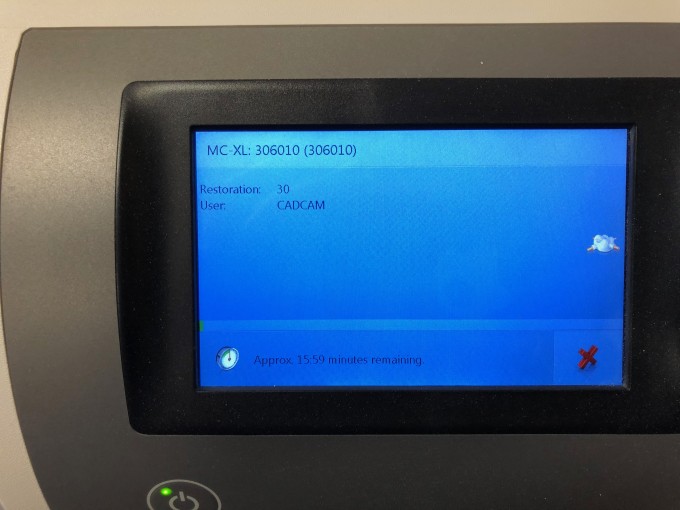

Total processing time for Emax: 14 mins on Fine vs 8 mins on Fast Mill, 15 mins in the CS2/3 (20+ mins in the SpeedFire) = ~30 mins with Ivoclar oven ~40 mins with SpeedFire
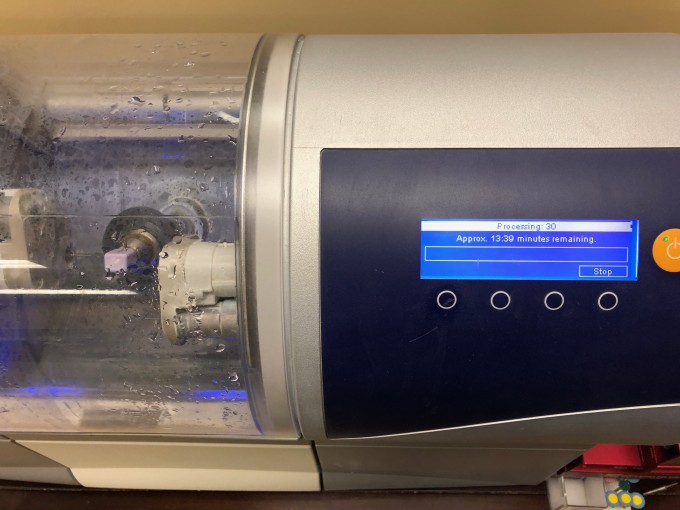

Katana is going to take ~20-30 mins longer processing time than an eMax restoration of the same size. Since you cannot try in zirconium it does save you a little time during the post mill protocol.
Tips with Katana STML:
Always FAST MILL Katana: As soon as the initial proposal appears click on the restoration parameters and verify or change the Spacer to 90-100 microns, Min Thickness Occlusal to 800 microns and the Margin Thickness to 100 microns. This allows the restoration to be Fast Milled in the Manufacture Stage. Do These Changes in Local Parameters BEFORE your design! DO NOT Design and then change your Local Parameters! It wastes time if changing one of the parameters cause a recalculation of the proposal.
BE Efficient with your Design Time: Zirconium designs should be quick! (less than 5 mins) The initial proposal should be 85% completed when it first appears. If not then there may be something else wrong. (inadequate reduction, model axis is setup incorrectly, bad buccal bite)
Manufacture Stage: Have Katana Block Code Ready! Fast Mill Selected! Cerec Speed Fire Selected!Position restoration in block with the Move Tool to get desired translucency!

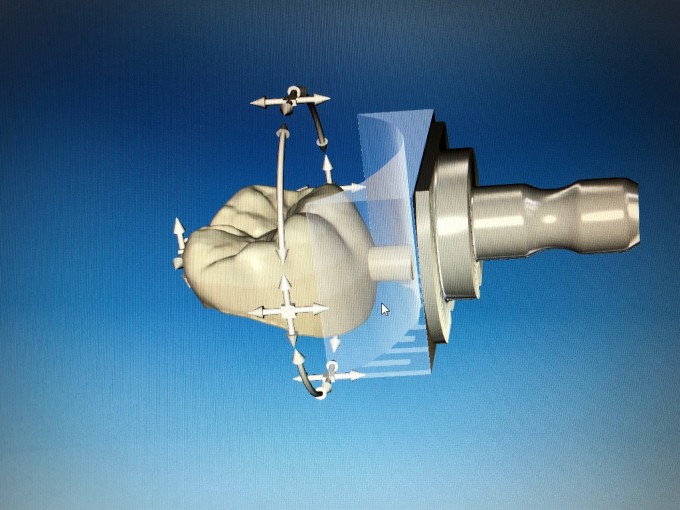


Purchase a Resident Membership
to watch the full version of this video plus hundreds more. Subscribe TodayWhen the design stage begins, have the correct block placed in the mill and have the 7 digit code written down and handy at the Omnicam. Move through this stage as quickly as possible.
Post Milling Handling: Waste no time removing the restoration from the block and polish away the sprue. A red stripe football shaped diamond and a fine polishing diamond are pictured below. These are my go to burs for removing the restoration and the sprue.

Notice the MCXL, air water syringe, and the hand pieces have been disconnected from any water supply.


Purchase a Resident Membership
to watch the full version of this video plus hundreds more. Subscribe TodayThis ensures no moisture can contaminate the Zirconium. We keep hand pieces and a large brush close to the mill and Speedfire oven. This prevents my team from running around and allows them to be more efficient.
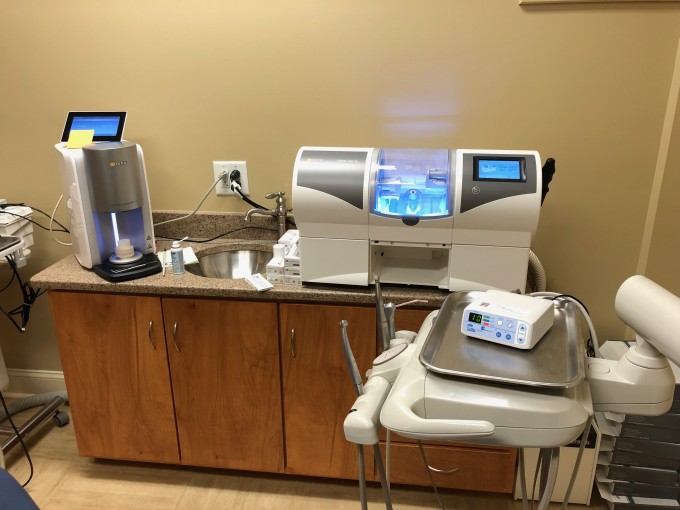

Place restoration cusp tips down on the firing tray when sintering zirconium. 
The 15 min extra sintering time is unavoidable so we need to keep the other steps moving along without any lags or delays.
Glazing Katana vs Polishing: USE CEREC Zirconium Glaze Cycle to save 19 mins vs the Katana Glaze Cycle. We use Indenco Spray Glaze or Enamelite. 
These glazes can be used on Katana STML and run on the CEREC Zirconium Glazing cycle. The CEREC Zirconium cycle will cool and glaze in ~10 mins.

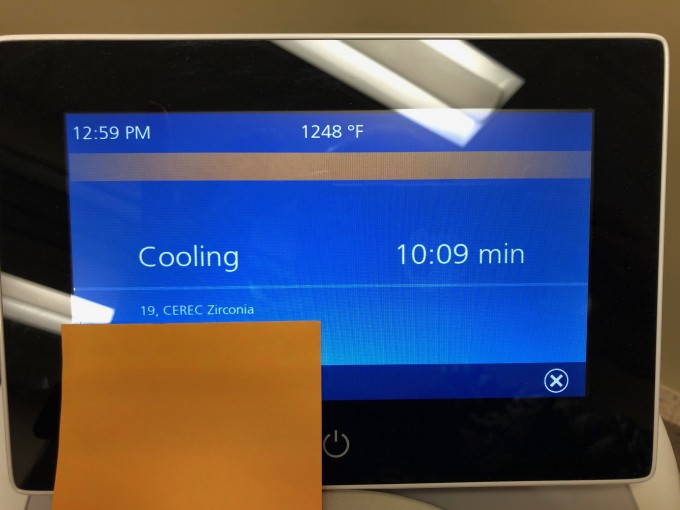
IF you accidently press glaze on the Katana cycle just cancel and go back and select a Cerec Zirconium Glazing cycle.

When the Speedfire is still hot from sintering the Katana it will take ~29 mins to run the Katana Glaze cycle. 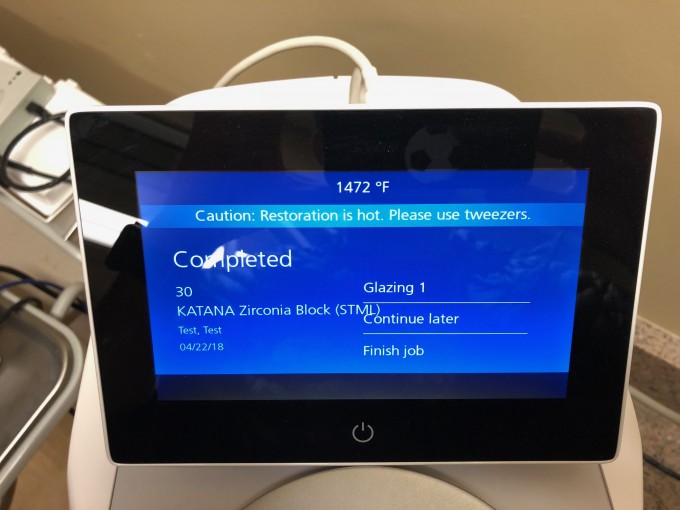
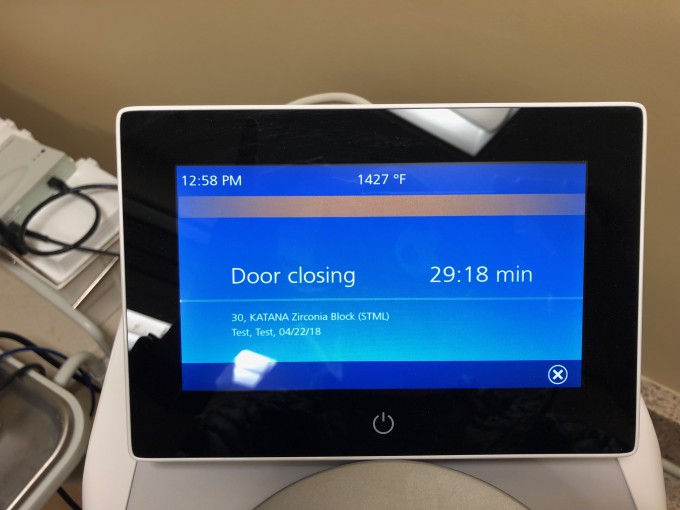
These CEREC Zirconium glazing cycles can be used 3 times each.
I personally find that the spray glaze restoration looks more like a natural tooth or eMax restoration than the polished Katana STML block. But the darker the shade needed the more the polished Katana looks true to the shade when compared to eMax. You can see this in the photos below.
EMax A1LT, Katana A1 Spray Glaze (SG), Katana A1 Polished (P) vs eMax A3LT, Katana A3 (SG), Katana A3 (P)
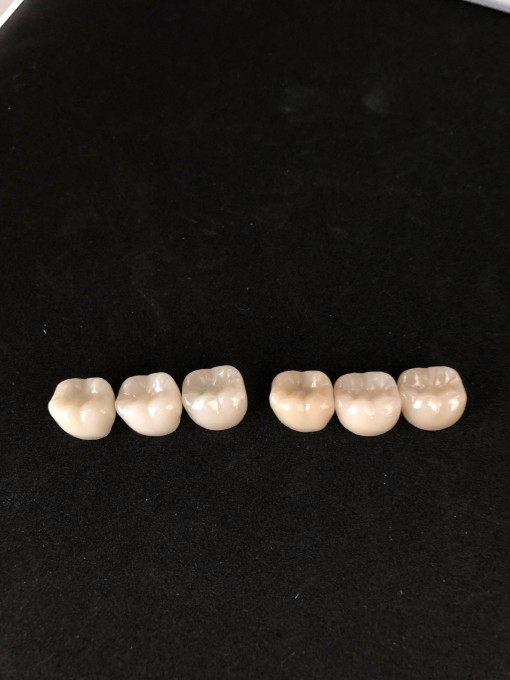

In this next photo you can see the Katana A1 Spray Glaze next to the Katana A1 Polished with the eMax A1 LT Spray Glazed below them both. Also shown is Katana A3 Spray Glazed next to the A3 Polished with the eMax A3 LT Spray Glazed below.


Do not over polish the Zirconium if you do not like the iridescent shine. The far right crown has been slightly over polished in my opinion. If you go back with the pink polishing wheel it will dull down the iridescence.

Here is a case I recently completed with Katana STML. Crown on tooth #3. This case was a biocopy design case. It was completed in under 2 hours with polishing as my finishing technique.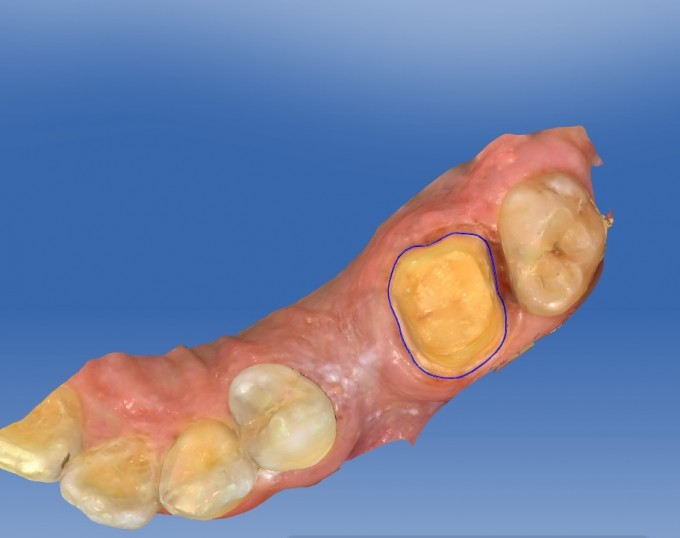
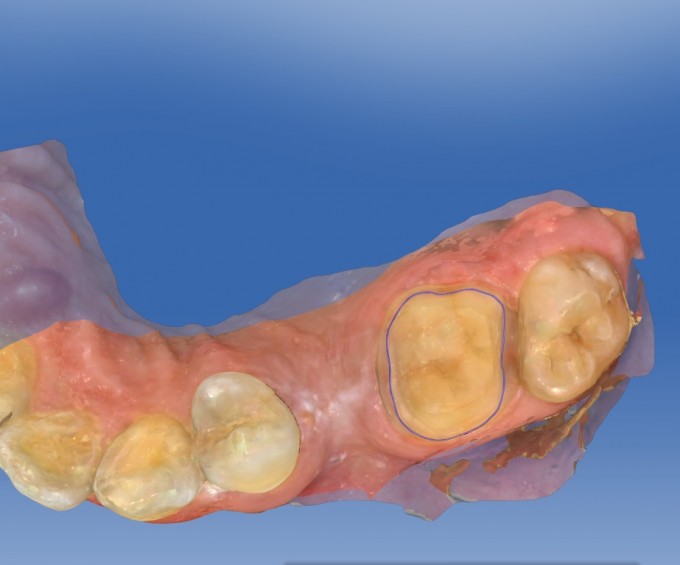
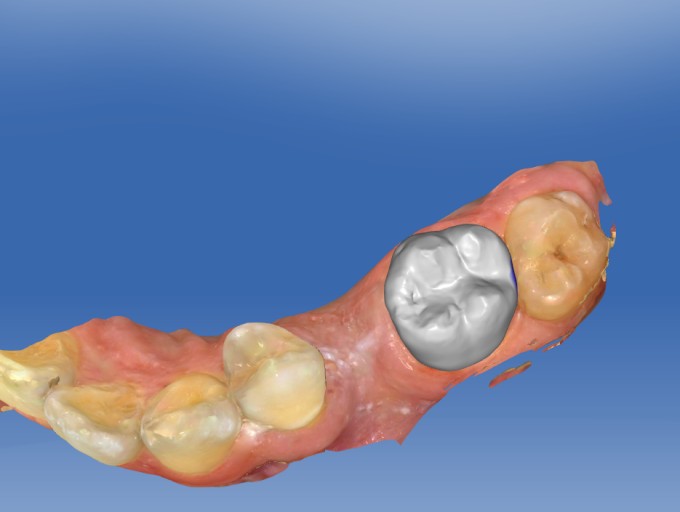
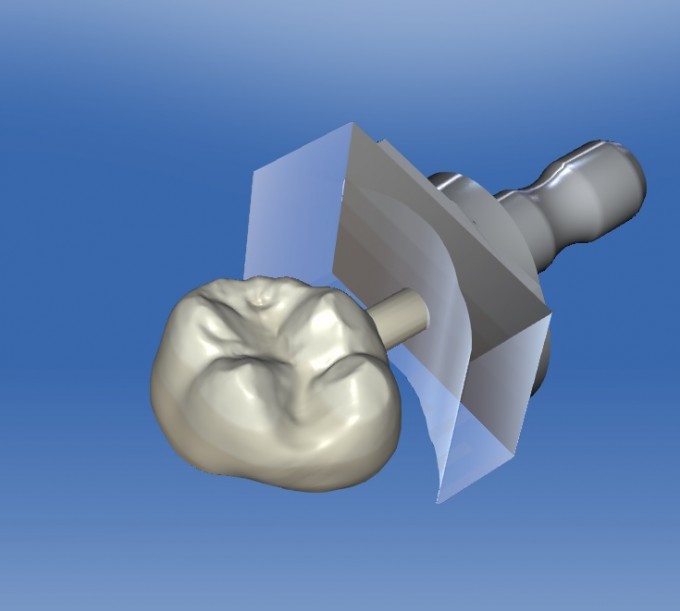
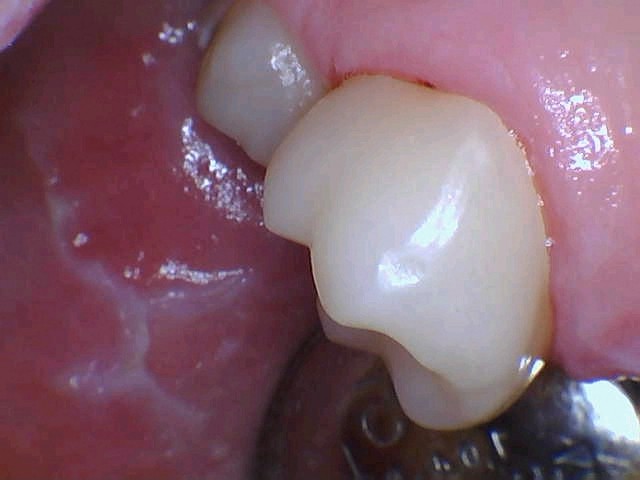
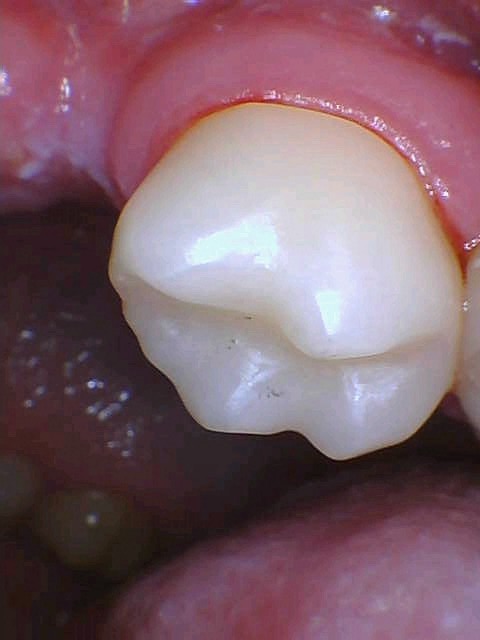
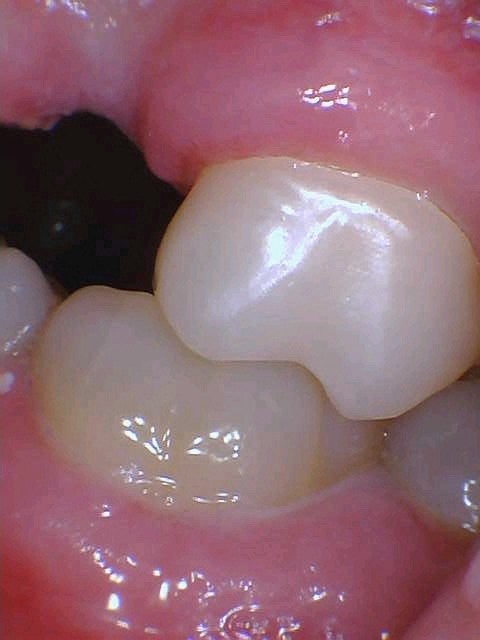
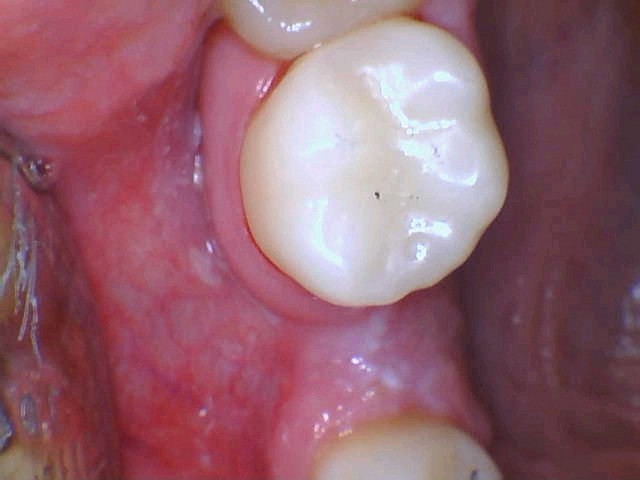
Using these tips and tricks I have kept my Katana STML appoints to 2 hours or less! This has made working with Katana STML predictable and fun! I personally love this material and the extra processing time can be easily managed in a single appointment using the SpeedFire Oven.
Let me know if I can answer any questions you may have.

 Justin Gates
Justin Gates 